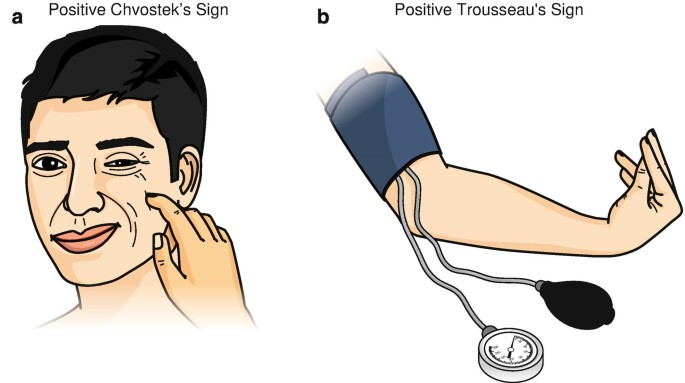A nurse is planning a teaching session about hysterosalpingography for a client who has a diagnosis of infertility. The nurse should include which of the following information in the teaching plan?
The client should anticipate scheduling the procedure 5 days prior to menstruation.
The client might experience diarrhea as a result of the procedure.
The client should be on a liquid diet for 1 day following the procedure.
The client might experience shoulder pain following the procedure.
The Correct Answer is D
Choice A reason:Scheduling the procedure five days before the expected menses would place it in the late proliferative phase, which risks missing ongoing menstrual bleeding and could coincide with implantation if the client ovulated early. Best practice is to perform the test after menstruation ends but before ovulation—usually within 12 days of the first day of the last period—to ensure the client is not pregnant.
Choice B reason:
Diarrhea is not a common side effect of HSG. The procedure involves the insertion of a dye into the uterine cavity to visualize the fallopian tubes and uterus via X-ray. While some discomfort, cramping, or spotting may occur, diarrhea is not typically expected.
Choice C reason:
There is no requirement for a client to be on a liquid diet following an HSG procedure. The client can usually resume normal activities and diet immediately after the procedure unless otherwise instructed by their healthcare provider.
Choice D reason:
Referred shoulder pain can occur when contrast fluid spills through a patent tube into the peritoneal cavity, irritating the diaphragm’s undersurface and eliciting pain perceived at the shoulder via the phrenic nerve. Clients should be advised this is normal, short-lived, and relieved by positioning or mild analgesics.
Nursing Test Bank
Naxlex Comprehensive Predictor Exams
Related Questions
Correct Answer is D
Explanation
Choice A reason:
Annular lesions are ring-shaped with a clear center, which does not describe a lesion with a wavy border. This term is typically used for lesions like ringworm, which present as circular rashes with normal skin in the center.
Choice B reason:
Circinate lesions are also circular but are not characterized by a wavy border. They are similar to annular lesions but often have a more rounded edge and are associated with conditions like psoriasis.
Choice C reason:
Coalesced lesions refer to multiple lesions that have merged to form a larger one. While they can have irregular borders, 'coalesced' does not specifically describe the wavy nature of the border.
Choice D reason:
Serpiginous lesions have a wavy or snake-like border, which matches the description provided by the nurse. This term is often used for parasitic infections, such as cutaneous larva migrains, which create a trail-like pattern on the skin.
Correct Answer is C
Explanation
Choice A reason:
Kernig's sign is associated with meningitis and is not related to the symptoms of tingling sensations that can occur after a subtotal thyroidectomy. This sign is elicited by extending the client's leg at the knee while the hip is flexed, which would not be relevant in this case.
Choice B reason:
Brudzinski's sign is another indicator of meningitis and involves involuntary flexion of the hips and knees when attempting to flex the client's neck. Similar to Kernig's sign, it is not pertinent to the postoperative symptoms of a subtotal thyroidectomy.
Choice C reason:
Chvostek's sign is a clinical sign of existing neuromuscular irritability seen in hypocalcemia, which can occur after thyroid surgery due to accidental removal or damage to the parathyroid glands. Tapping on the facial nerve triggers twitching of the facial muscles, which correlates with the tingling sensations reported by the client.
Choice D reason:
Babinski's sign is used to assess neurological function, particularly of the central nervous system, and is not related to the symptoms of hypocalcemia. It involves stroking the sole of the foot to observe the toes' movements, which would not provide information about the tingling sensations the client is experiencing.

Whether you are a student looking to ace your exams or a practicing nurse seeking to enhance your expertise , our nursing education contents will empower you with the confidence and competence to make a difference in the lives of patients and become a respected leader in the healthcare field.
Visit Naxlex, invest in your future and unlock endless possibilities with our unparalleled nursing education contents today
Report Wrong Answer on the Current Question
Do you disagree with the answer? If yes, what is your expected answer? Explain.
Kindly be descriptive with the issue you are facing.
